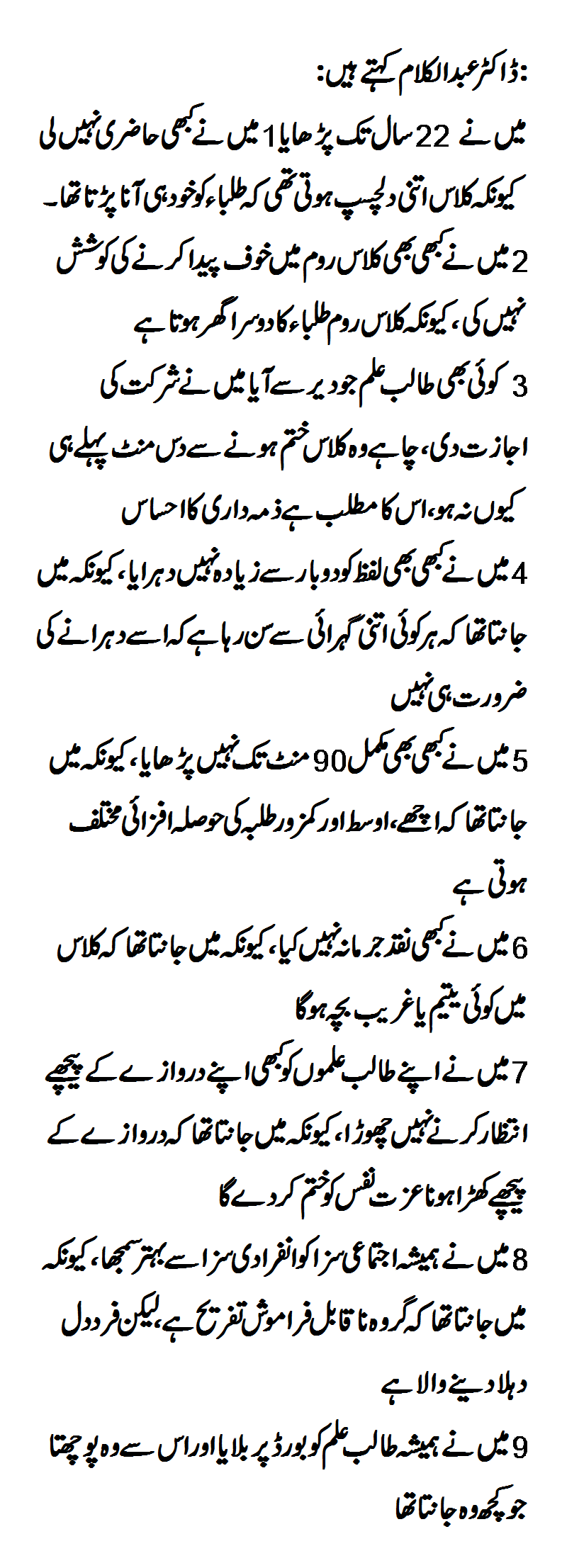India Knowledge at Wharton: Since our publication is called Knowledge at Wharton, could you tell us something about knowledge?
Kalam: I’ve written a four-line, poem-like thing called “Creativity.” It goes like this: “Learning gives creativity. Creativity leads to thinking. Thinking provides knowledge. Knowledge makes you great.” I have made at least a million children repeat these lines. I am very happy that Wharton has created Knowledge at Wharton; it’s a beautiful idea. My greetings to all of you.
India Knowledge at Wharton: Perhaps we could begin by talking about your own past. You were born in Rameswaram in 1931. What are the biggest differences between India as it was then and India today?
Kalam: Since then I have orbited the sun 76 times. I have seen when I was a young boy the Second World War coming to an end, and the effect of war and injuries. I saw India attain her freedom in August 1947; I saw the economic ascent phase of India [beginning in] 1991.
I have worked with visionaries like Prof. Vikram Sarabhai. I have seen the green revolution, the white revolution, and the telecom revolution; I have also seen the growth of information and communication technologies (ICT), as well as India’s successes in the space program and self-sufficiency in strategic weaponry.

These are some of the things I have witnessed. Of course, we have a long way to go. Since we have to bring smiles to the faces of more than one billion people, we have many challenges ahead.